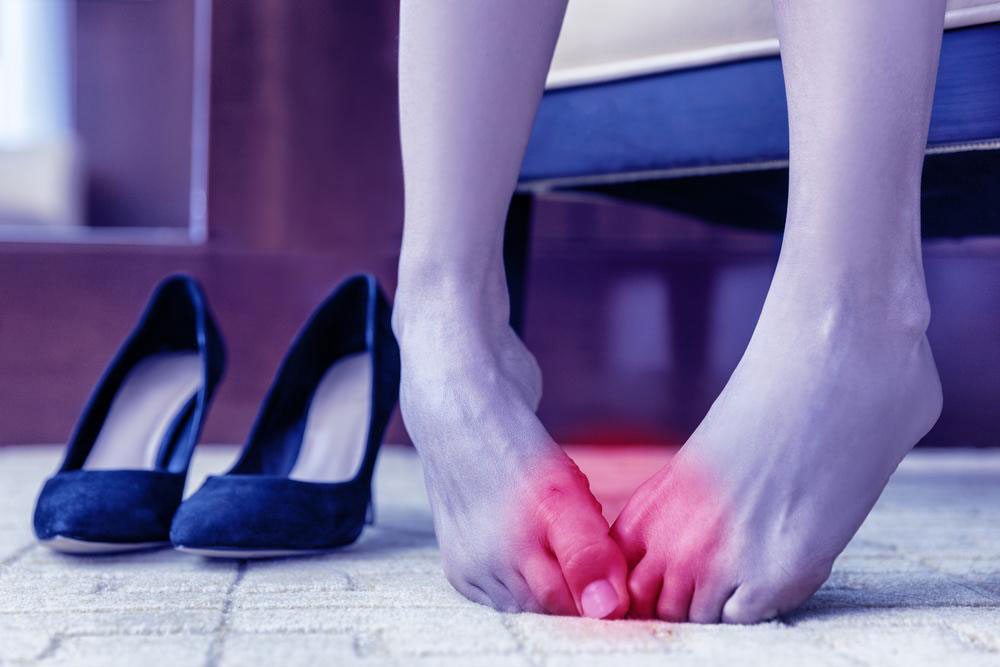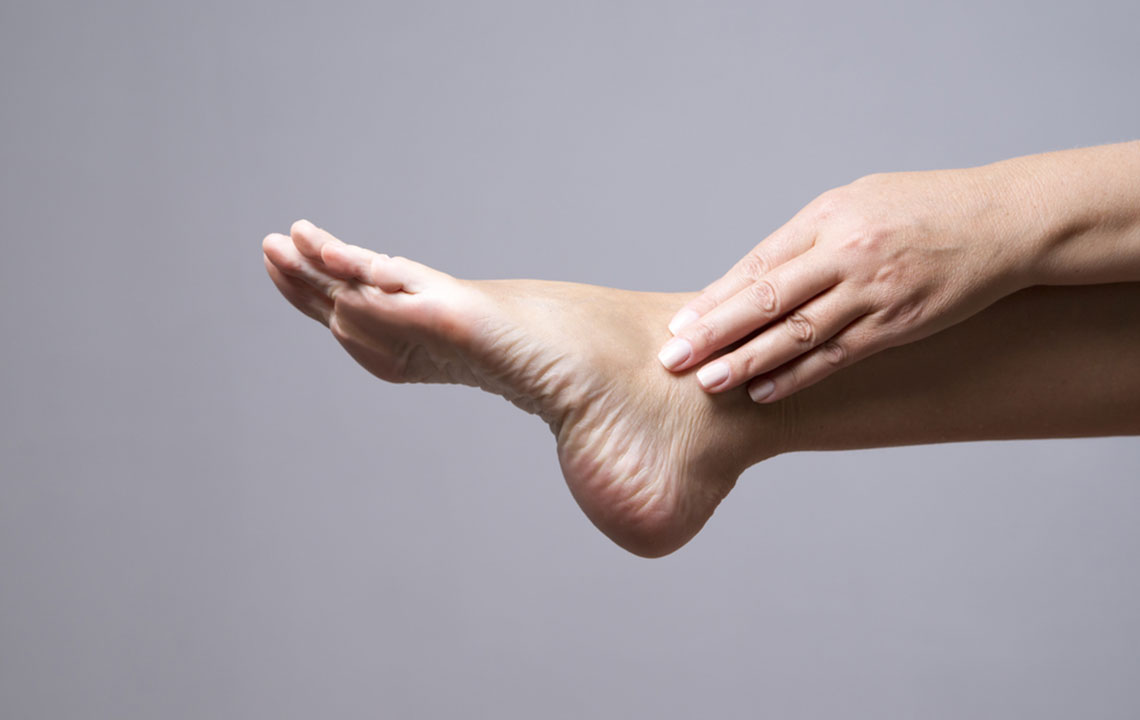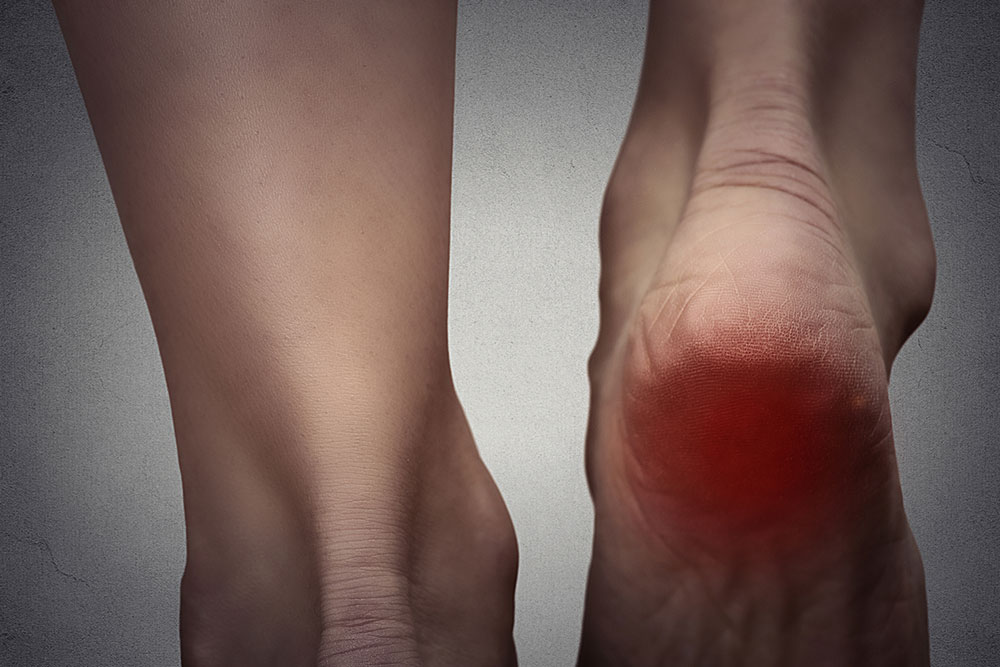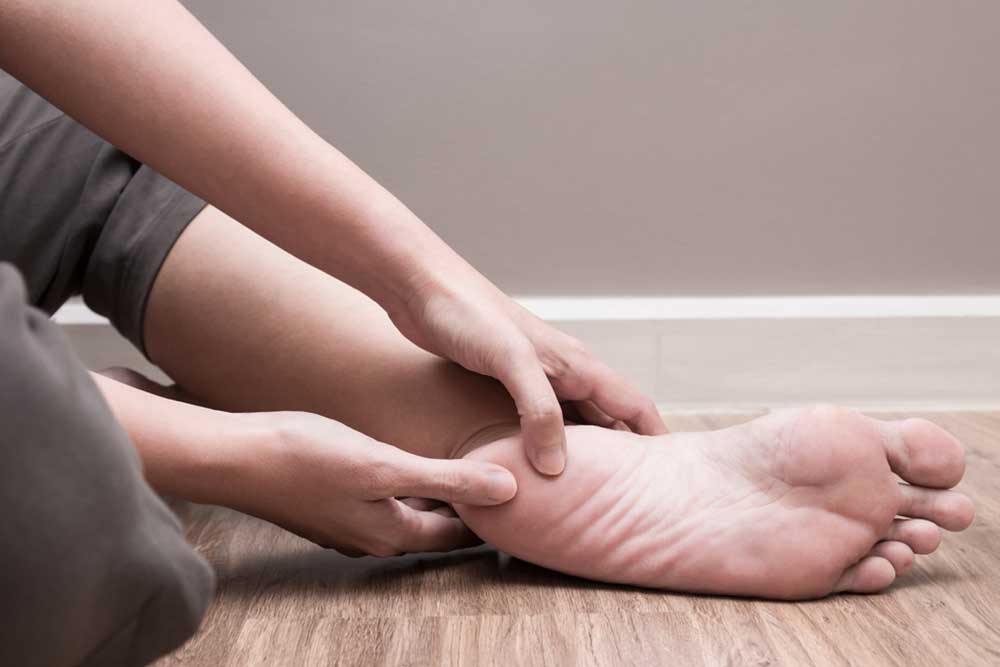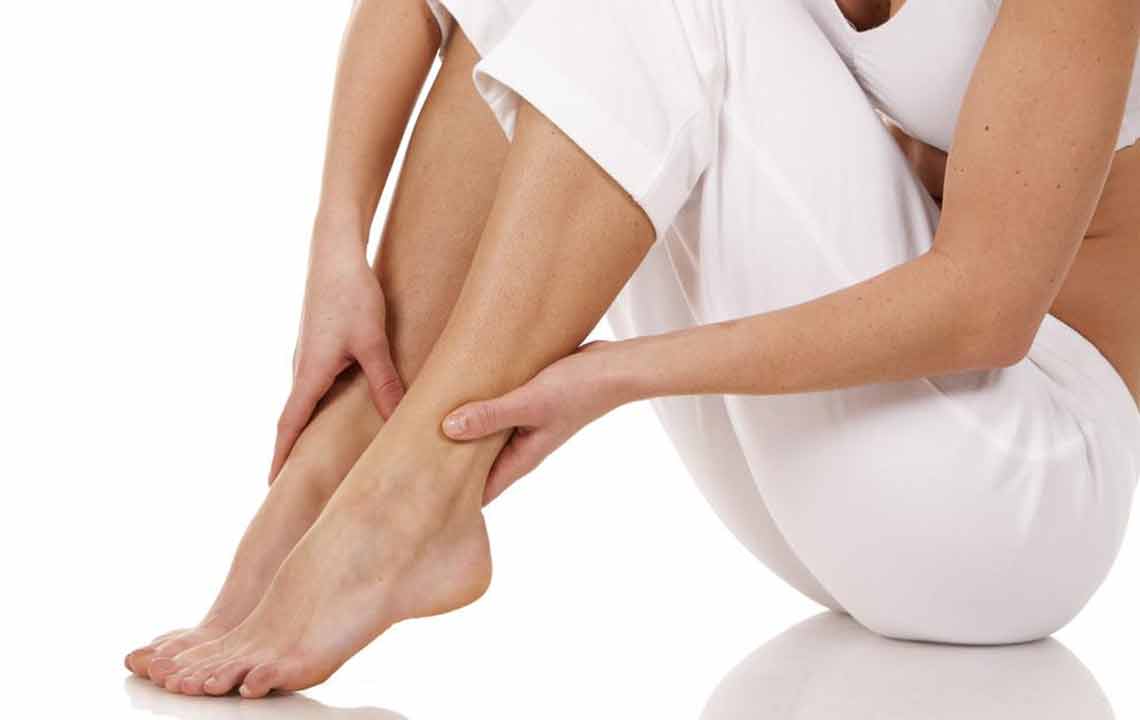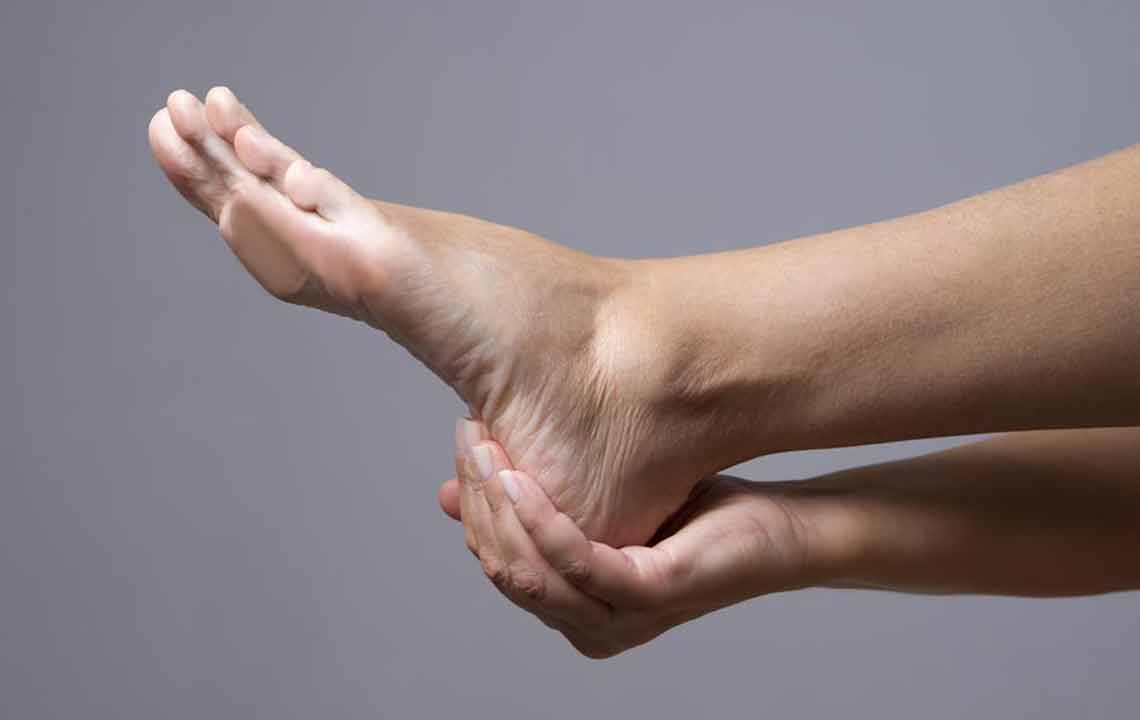Effective Strategies to Alleviate Top of Foot Discomfort
Discover effective ways to treat and prevent top-of-foot pain with lifestyle changes, supportive footwear, and timely medical advice. Learn about symptoms, causes, and management strategies to maintain healthy feet and regain comfort. Addressing foot discomfort early helps prevent chronic issues and supports active living for a happier, healthier life.
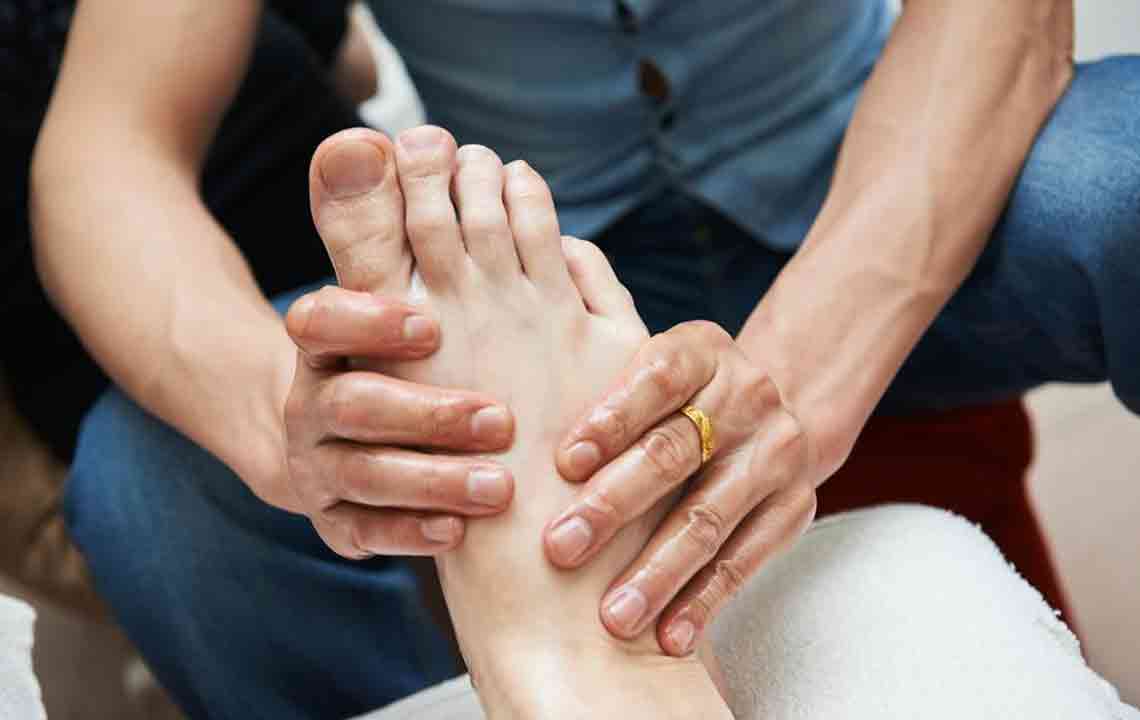
Effective Strategies to Alleviate Top of Foot Discomfort
Foot discomfort is a widespread concern affecting many individuals regularly. Recent data indicates that approximately 75% of Americans experience pain on the upper part of their foot at some stage. Modern lifestyles, often influenced by fashion trends, lead many to wear stylish yet uncomfortable footwear, contributing to this issue. Underlying health conditions, along with extensive physical activities, can also cause top-of-foot pain. Since the foot is a complex structure comprising 26 bones and numerous joints, proper care is essential to prevent long-term problems.
The foot supports the body’s weight, facilitates movement, and maintains balance. It endures over half of the person's body weight daily. Imagine how relief from top-of-foot pain could reignite your active lifestyle, making daily activities more enjoyable. Foot pain can hinder your progress and impact overall well-being, highlighting the importance of addressing this issue promptly.
Timely treatment of foot pain is crucial. The severity of discomfort varies; mild cases may resolve independently, but persistent pain could develop into chronic issues without intervention.
Signs of top-of-foot pain include:
Swelling or bulging on the top of the foot
Pain in the forefoot with possible swelling
Redness, warmth, and discomfort
Irritation or nerve entrapment symptoms
Pain worsened by walking and alleviated with rest
Recognizing these symptoms early can aid in effective management, but additional signs might depend on the underlying cause.
Common causes of top-of-foot pain include:
Ill-fitting shoes worn for prolonged periods
Overexertion through intense exercise, excessive walking, or standing
Medical conditions such as arthritis, gout, diabetes, or tendinitis
Nerve compression or entrapment
Side effects from medication
Severe sprains, bone spurs, or hormonal imbalances, including pregnancy
When should you see a doctor?
If foot pain persists or worsens, consulting a healthcare professional is essential. Early diagnosis allows for proper treatment to prevent complications. Severe cases may require diagnostic tests based on your medical history. Ignoring ongoing pain can lead to deterioration, so seek medical help promptly.
Ways to manage and treat the pain
Supportive footwear: Choose shoes with appropriate arch support or add orthotic insoles to reduce pressure on the top of the foot.
Comfortable home footwear: Wear sandals or slippers with built-in arch support instead of walking barefoot.
Ice application: Using ice packs on the painful area at day's end can diminish inflammation and swelling.
Pain relief creams: Topical balms with cooling effects offer soothing relief.
Prompt treatment and proper precautions can prevent pain from escalating, restoring your active lifestyle. Do not delay seeking medical advice to ensure pain relief and avoid chronic issues. Maintaining foot health is vital for a happy, dynamic life.

